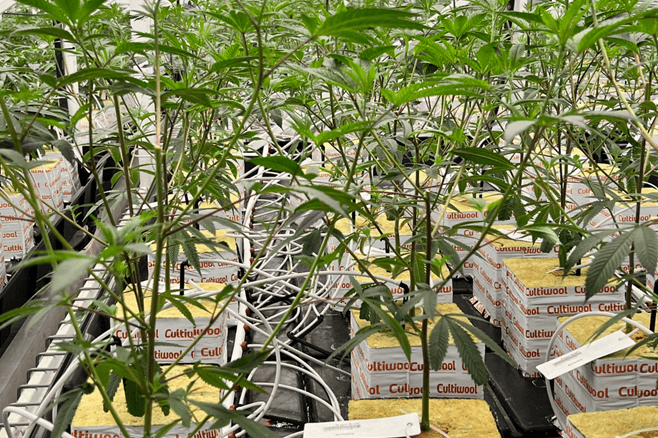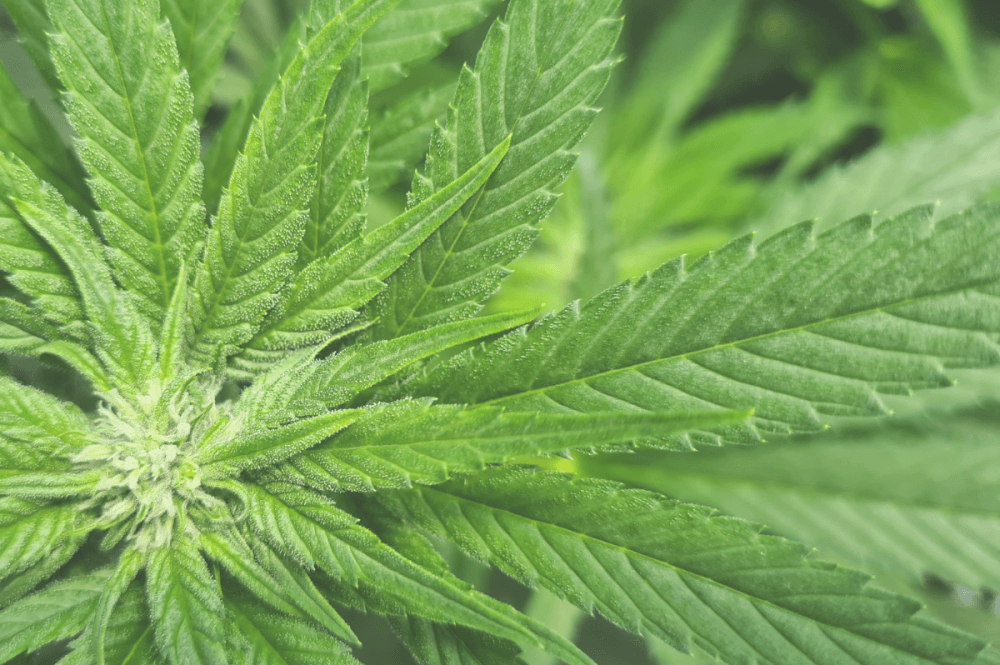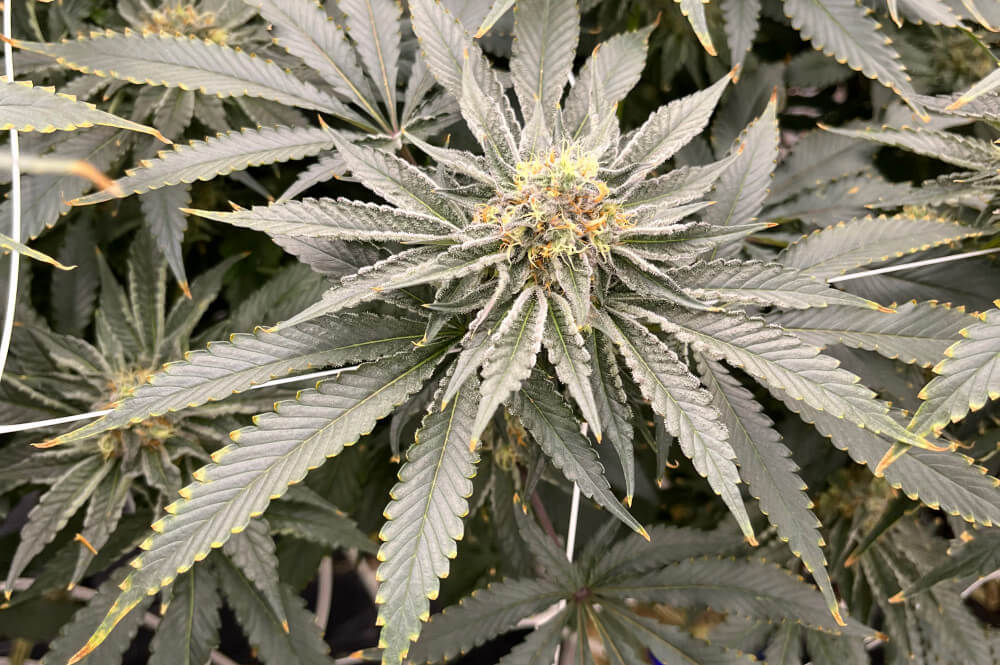![cloning4x4miniblock[1] cloning4x4miniblock[1]](https://www.cultiwool-substrate.com/cache/2714304a28312e550b72cb55ac5d867f/cloning4x4miniblock[1].png)
Stone Wool for Cannabis Propagation from Seed and Vegetative Cuttings
12 October 2022
How To Do it Right and What is Important to Know
Successful cannabis propagation starts with high-quality plugs for cloning or sowing. Whether starting from seed or vegetative propagation in the form of cuttings, there is high importance to use the right and most suitable growing medium.

The Starter Plugs by Cultiwool have many benefits, among these are; stability and firmness, efficiency in water and nutrient usage, balanced air-to-water ratio, and more. Thanks to these the root emergence, development, and quality are strong and uniform.
It is important to understand the heavy impact of uniformity in cannabis cultivation. Starting from the propagation, uniform root development results in uniform uptake of inputs, and therefore, uniform growth throughout the vegetative and flowering stages. This leads to consistency in yield and production, which is crucial in cannabis cultivation and regulations such as the GACP/GMP certification.
Not less of a value is the control and adjustments of criteria such as water content and EC during propagation. Before sowing or placing the cuttings in the plugs, they have to be soaked in a nutrient solution that has a pH of 5.5 to 5.8 and EC of at least 1.5 mS/cm for 30 seconds only. This process of primer saturation is crucial for the further success of the plants. More information about that can be read in this article.
Propagation Instructions
Not all the valuable aspects are depending on the plugs' characteristics and maintenance. Plant material and treatment have, of course, a heavy impact as well.
What concerns starting from seeds, at this point the cannabis industry does not have high-quality, uniform, and stable F1 hybrid varieties of cannabis that allow growers to simply start all plants from seed. That is why most companies use seeds to create mother plants from which they will be taking cuttings for vegetative propagation. The process of creating mother plants takes time and normally a few generations as the growers do phenotype hunting. That means, growers are looking for the preferable characteristics and breed these for their cannabis production.
On average, the vegetative propagation lasts around 2 weeks (between 10 to 14 days). The condition of the mother plants has a great effect on the cuttings made from them. That is why the maintenance of the mothers is crucial for the success, quality of the cuttings, and the number of clones that can be made of them. It is preferably taking cuttings daily or once in 2 days, maintaining equal conditions; identical in length, stem diameter, leaf nodes and node spacing, leaf structure and surface area, and age of the cutting. Have a mother plant system in place and renew mother plans every 3 to 4 months for optimal propagation results.
When clones are placed into the Starter Plugs, the irrigation should be limited as it will enhance root development which is the primary goal of propagation. Give irrigation based on weight of the starter plugs, let the plugs dry out to approximately a WC of 50% before irrigating the plugs again. Too wet conditions will slow root initiation and increases disease pressure. The irrigation EC should be minimum 1.5 mS/cm but depending on variety and light intensity it can be increased to 2.5 mS/cm. Especially last days of propagation when roots are developed and higher light intensities are applied the plants need more feed so adjust accordingly.
Other important climatic condition is light, and although it can differ depending on the variety, the average recommended light period for the cuttings at propagation is 18 to 20 hours, starting with 80 micromoles and gradually increasing when first roots are present to 150 to 200 micromoles. Initially the humidity levels should be very high (>95%) to minimize water loss through leaves. Use for example humidity domes to create moist and warm climate. Large scale growers use climate rooms or humidity tents. This will allow for better air movement and more stable climate. After some days you gradually decrease humidity to about 70% at the end of propagation.
Various sizes
Cultiwool offers several products from the Starter Plugs category, these slightly vary in size, for reasons such as allowing individual selection of the grower, as facilities and production requirements differ. When combining the Starter Plugs of Cultiwool with the instructions illustrated in this article, the propagation stage of your cannabis plants should go smoothly.
Want to know more?
On this website you will find more information on our stone wool substrates and instructions for optimum use! If you have any question, remark, or request, please feel free to contact us here, or via our Facebook and Instagram accounts.
More items

Where can I find Cultiwool?
Discover more about our Cultiwool network



